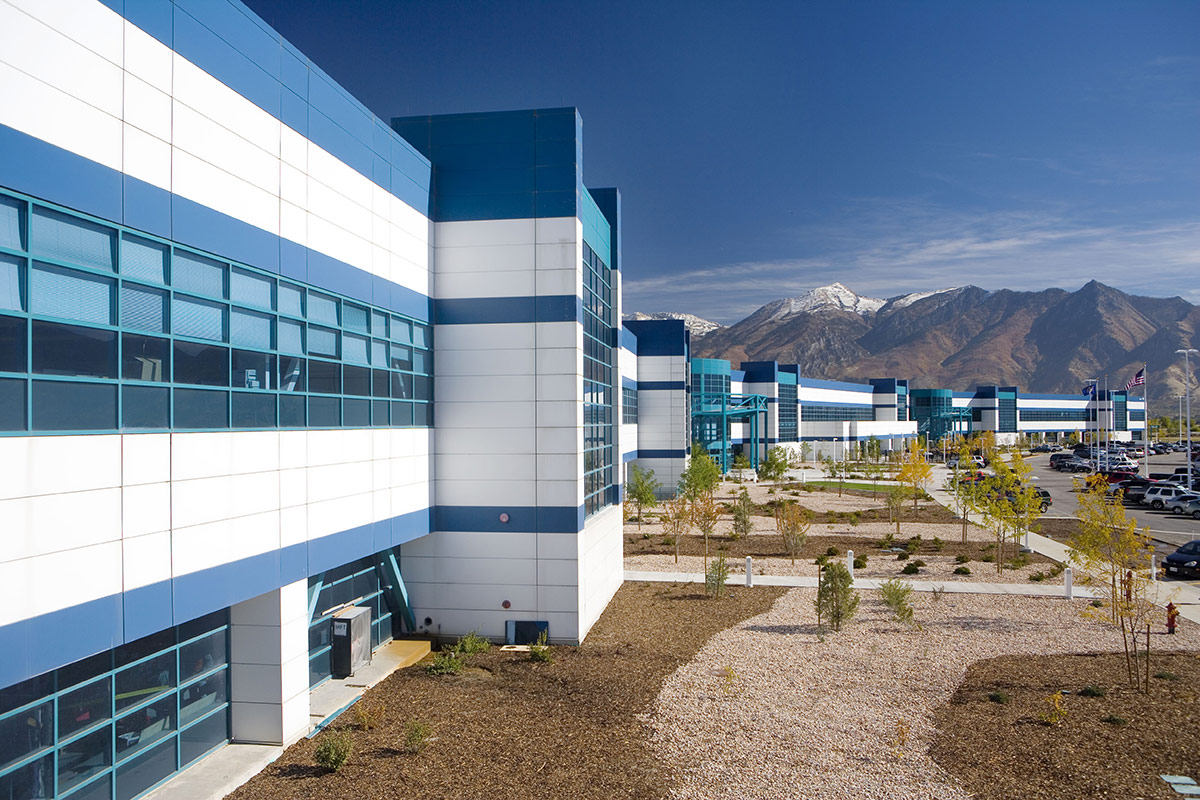- Joined
- Aug 2, 2021
- Messages
- 347 (0.24/day)
- Location
- São Paulo, Brazil
| System Name | Gabriel-PC |
|---|---|
| Processor | Core i7-13700K (All Core 5.7GHz) |
| Motherboard | MSI Z790-P PRO WIFI DDR4 |
| Cooling | NZXT Kraken X72 360mm |
| Memory | 32GB Netac DDR4-3200 MT/s CL-16 |
| Video Card(s) | RTX 4070 Ti Super Colorful |
| Storage | Memblaze P7940 7.68TB Gen5 (OS), Solidigm P44 2TB (Games) + 4x 4TB WD Black HD (Synology NAS DS1817) |
| Display(s) | AOC G2460PF 144Hz 1ms (Kinda trash) |
| Case | NZXT Phantom 820 Black |
| Audio Device(s) | Motherboard onboard audio (good enough for me) |
| Power Supply | Corsair RM1000X |
| Mouse | Have no idea (Generic) |
| Keyboard | Have no idea (Generic) |
| Software | Windows 11 Pro 23H2 + Windows Server 2022 + Synology in NAS |
I can imagine, a few years ago i tried buying one Samsung 860 Pro3-12 months of guarantee that there will not be rotting bits (You'd be surprised how many people didn't know this was a thing for USB pens since those showed-up, where the guarantee was in hours to weeks).
It doesn't mean that after that time you data simply becomes unrecoverable, there's still ECC.
Really comes down to how the PCB is done, but regardless of that, it's worse for higher layered NAND.
Too bad SLC/MLC SSDs for lower capacities aren't a thing anymore, besides halo products.
The Transcend 370S was the last one I could find "widely available", being MLC, back in 2018. And I say it this way because I could find them at a few stores, but those had little stock and had them costing a small fortune for 512GB.
but jesus, those are extremely expensive










